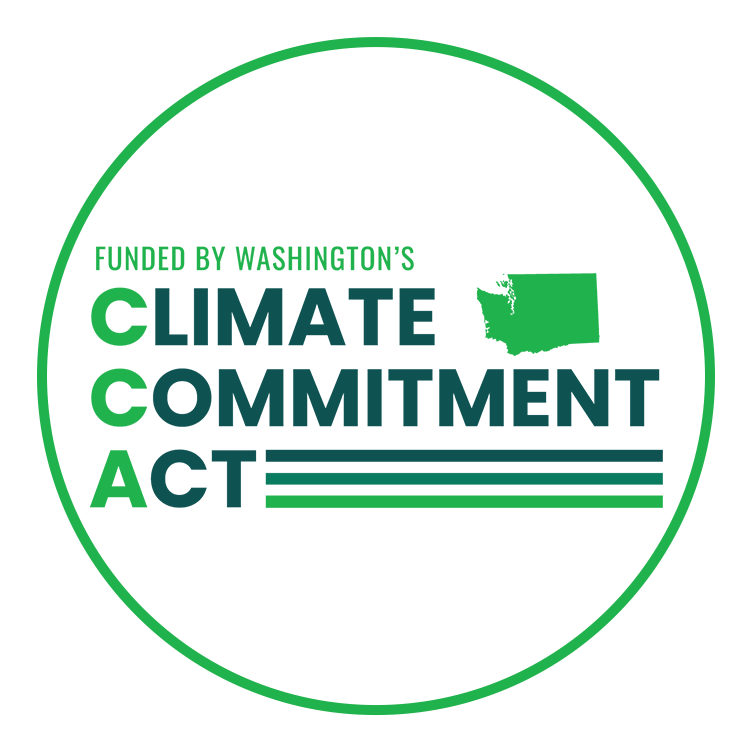No. The IPCC does not say a 1.5 degrees C target is affordable.

In a recent letter to a constituent, Congressman Adam Smith (D-WA) says U.S. climate policy must limit future global temperature increase to 1.5 Celsius. He claims, “The IPCC report concludes that limiting warming to 1.5 degrees Celsius, which would have substantial human and environmental benefits compared to 2 degrees warming, is still feasible and affordable.” This statement is almost completely incorrect.
The IPCC is the Intergovernmental Panel on Climate Change and is a scientific body that examines potential climate impacts. Its members do not claim to be economists and their report on limiting temperature increase to 1.5 degrees Celsius makes only limited efforts to assess the costs of achieving that goal. This paragraph from the IPCC, for example, is telling:
“Modelled pathways limiting global warming to 1.5°C with no or limited overshoot project a wide range of global average discounted marginal abatement costs over the 21st century. They are roughly 3-4 times higher than in pathways limiting global warming to below 2°C … The literature on total mitigation costs of 1.5°C mitigation pathways is limited and was not assessed in this Report. Knowledge gaps remain in the integrated assessment of the economy-wide costs and benefits of mitigation in line with pathways limiting warming to 1.5°C.”
The IPCC admits:
- The costs have a wide range and there is significant uncertainty.
- The report did not attempt to assess the “total mitigation costs of 1.5°C” target.
- Policies that limit temperature increase to 1.5 degrees C have marginal costs that are “3-4 times” more expensive than 2 degrees C.
- The literature on costs is “limited and was not assessed in this report,” and “knowledge gaps remain.”
Further, with so many uncertainties, the IPCC report does not attempt to compare the costs of reaching that target with the benefits, so any claim that the report says meeting the target is “affordable” is simply incorrect.
One researcher who has done the actual economic analysis, and is mentioned in the IPCC report, is William Nordhaus, who won the 2018 Nobel Prize in economics specifically for his work on modeling the economic costs of climate change.
In his Nobel lecture, Nordhaus analyzes the costs and benefits of meeting various temperature targets. He finds that keeping temperatures under 2 degrees C by 2100 would cost about three times as much as the benefits. Keeping temperatures under 1.5 degrees C would cost about ten times as much as the benefits. In other words, policies designed to limit climate change to 1.5 degrees C would do significantly more harm than good.
The “optimal” scenario, according to Nordhaus, would be a target of about 3.5 degrees C increase by 2100. Using that approach, we would see about four times as much benefit as cost. Nordhaus is clear that we shouldn’t do nothing, but we need to be honest about the costs and benefits.
The IPCC report also cites the work of economist Richard Tol when examining the potential cost of reaching those goals. His reaction to the IPCC’s 1.5 degrees C target was direct: “No, 1.5 degrees Celsius is not feasible.”
Congressman Smith is not the only one making false claims about the IPCC’s report. Despite the clear language of that report, many others have seized upon it to claim it justifies expensive and extremely wasteful policies. This is a good example of policymakers reading only the convenient headlines without looking at the full report, or even the “Summary for Policymakers.”
Failing to read and honestly assess the relevant climate literature is a recipe for waste and foolish policy. If climate change is serious, we should be serious in the way we discuss and address it. Claiming the 1.5 degree C target is “feasible and affordable” is not serious.





